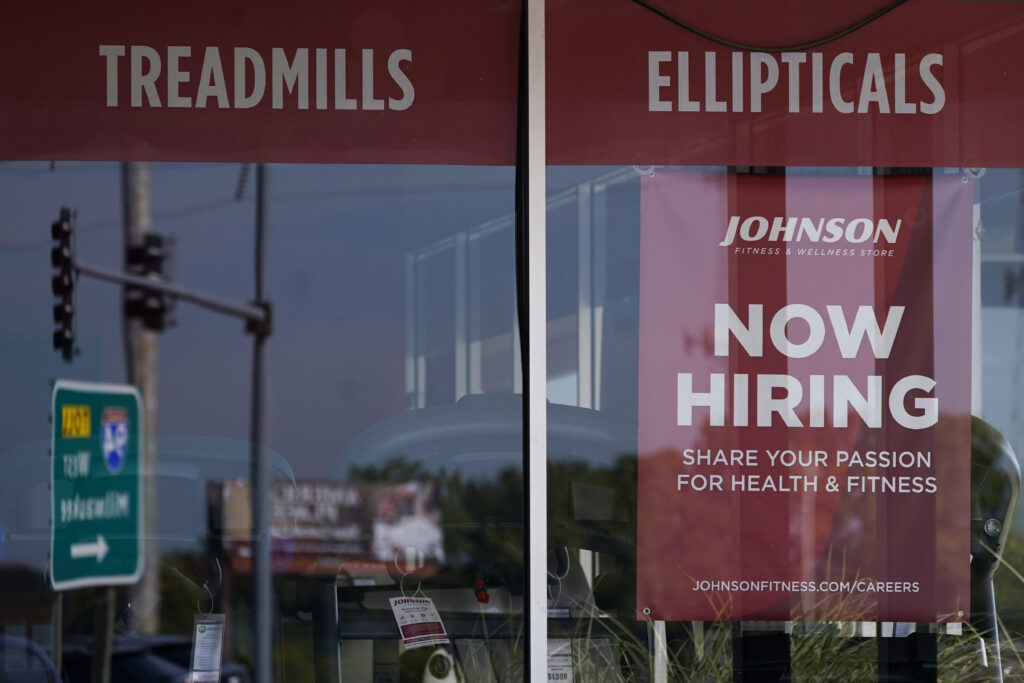Jobless claims/ unemployment benefits/ U.S. labor market/ layoffs/ weekly unemployment filings/ Newslooks/ U.S. unemployment claims rose by 2,000 last week to 230,000, matching expectations. Despite the slight increase, layoffs remain at historically low levels. The labor market has shown signs of cooling since mid-2024, but claims remain well below earlier highs, and analysts expect the Federal Reserve to cut interest rates soon.

U.S. Unemployment Filings Quick Looks:
- Jobless claims increased by 2,000 last week, reaching 230,000.
- The four-week average also inched up, hitting 230,750.
- Total Americans receiving unemployment benefits remained steady at 1.85 million.
- Claims have risen since May, reflecting some cooling in the labor market.
- The Fed is expected to cut interest rates next week as inflation slows.
U.S. Job Market Stays Strong as Unemployment Claims Remain Low
Deep Look:
U.S. unemployment claims ticked up slightly last week, as 2,000 more Americans filed for benefits, according to a report from the Labor Department released Thursday. The total number of jobless claims for the week ending Sept. 7 rose to 230,000, a number that aligns with economists’ expectations. Despite this modest increase, layoffs remain at historically low levels, even as the job market shows signs of cooling after years of economic growth.
The four-week average of unemployment claims, a figure that helps smooth out weekly volatility, also increased by 500 to reach 230,750. Additionally, the total number of people currently receiving unemployment benefits increased by 5,000, keeping the total around 1.85 million as of the week of Aug. 31. While jobless claims serve as a proxy for layoffs, these figures indicate that employers are still holding on to workers in the face of high interest rates and economic adjustments.
Although claims remain low by historical standards, they are up from the first part of the year. From January through April 2024, unemployment filings averaged just 213,000 per week. However, claims began rising in May and peaked at 250,000 by the end of July, a shift that signaled the impact of the Federal Reserve’s efforts to cool the U.S. labor market with elevated interest rates. High rates have had a gradual effect on hiring, especially in sectors that had seen rapid growth earlier in the post-pandemic recovery.
The U.S. job market has continued to expand, albeit at a slower pace. In August, employers added 142,000 jobs, a slight improvement over the 89,000 jobs added in July but still well below the monthly average of nearly 218,000 jobs created during the first half of the year. The slowing growth aligns with revised data from the Labor Department, which recently adjusted its jobs report to reflect that 818,000 fewer jobs were added between April 2023 and March 2024 than previously reported. This revision supports evidence of a steady deceleration in job creation.
The Federal Reserve’s interest rate hikes—11 increases between 2022 and 2023—were implemented to curb inflation, which reached a four-decade high two years ago. The benchmark rate now sits at a 23-year high and has remained there for over a year. However, inflation has been steadily retreating toward the Fed’s 2% target, which has allowed the central bank to consider cutting rates. Federal Reserve Chair Jerome Powell recently stated that inflation was largely under control, paving the way for potential monetary policy adjustments.
Many analysts predict that the Fed will announce a quarter-point interest rate cut after its meeting next week, though earlier forecasts suggested a larger, half-point reduction. A rate cut could help stimulate further economic growth by reducing borrowing costs for businesses and consumers alike.







